Optimal Timing for House Siding Replacement
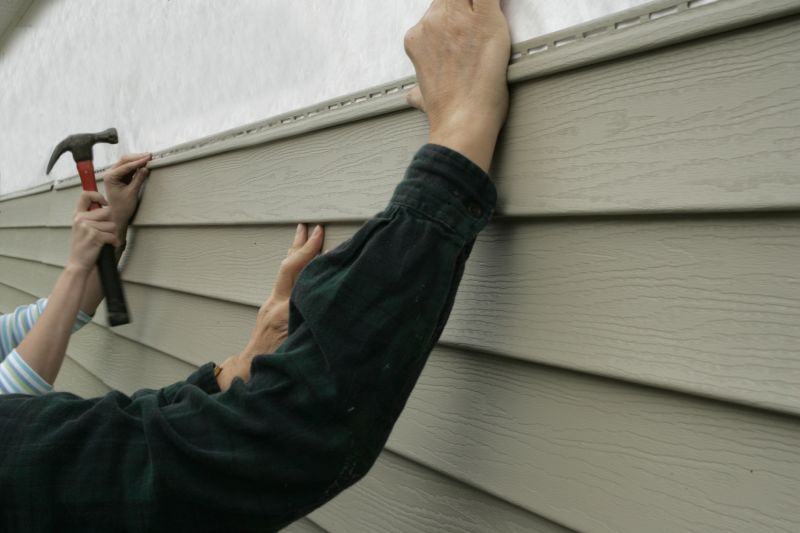
Spring offers moderate temperatures ideal for siding replacement, reducing the risk of weather-related delays.
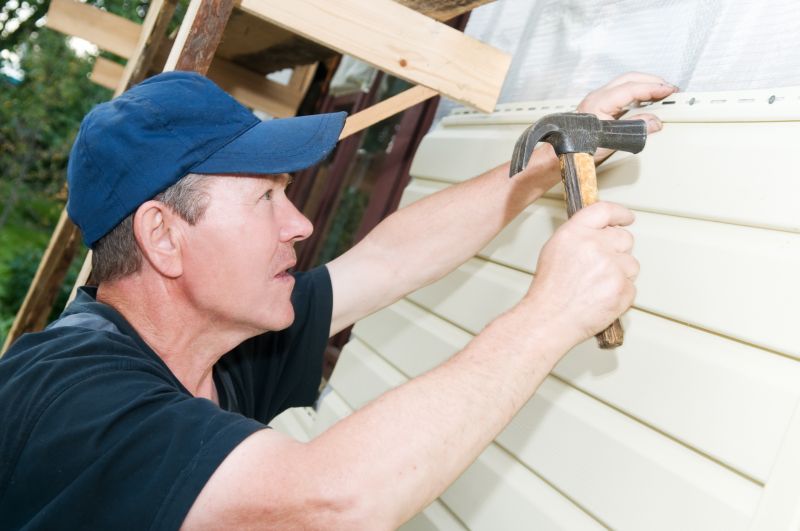
Summer provides longer daylight hours and warm weather, facilitating efficient installation processes.
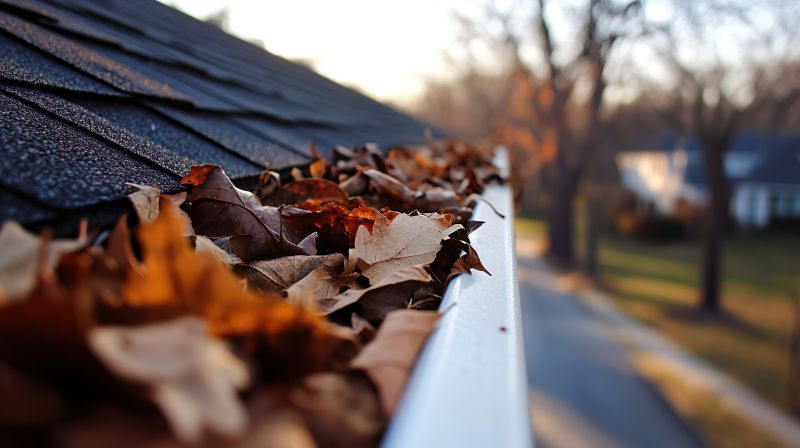
Fall's cooler temperatures can be suitable, with less humidity and less risk of severe weather disruptions.
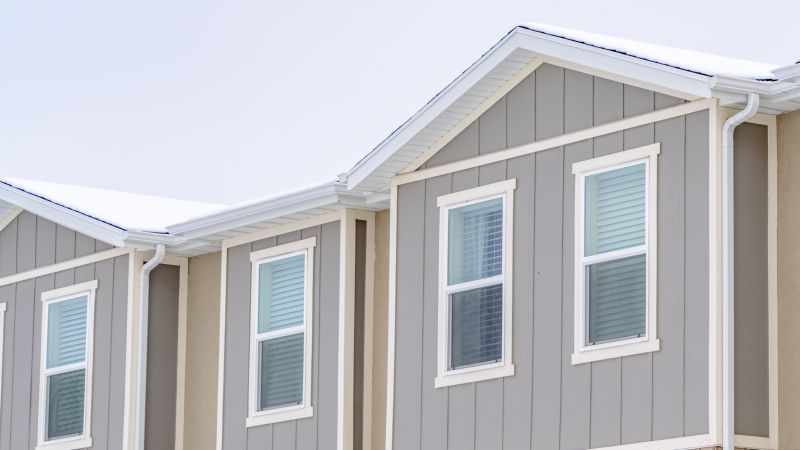
Ways to make House Siding Replacements work in tight or awkward layouts.
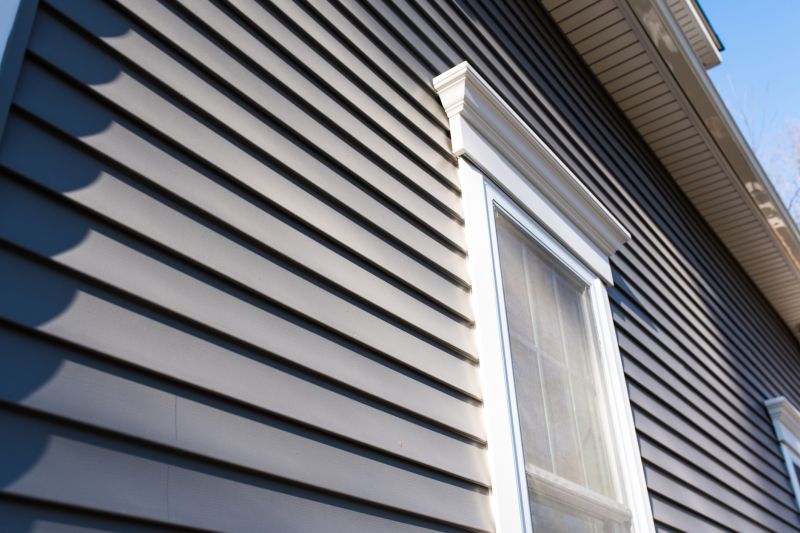
Popular materials for House Siding Replacements and why they hold up over time.
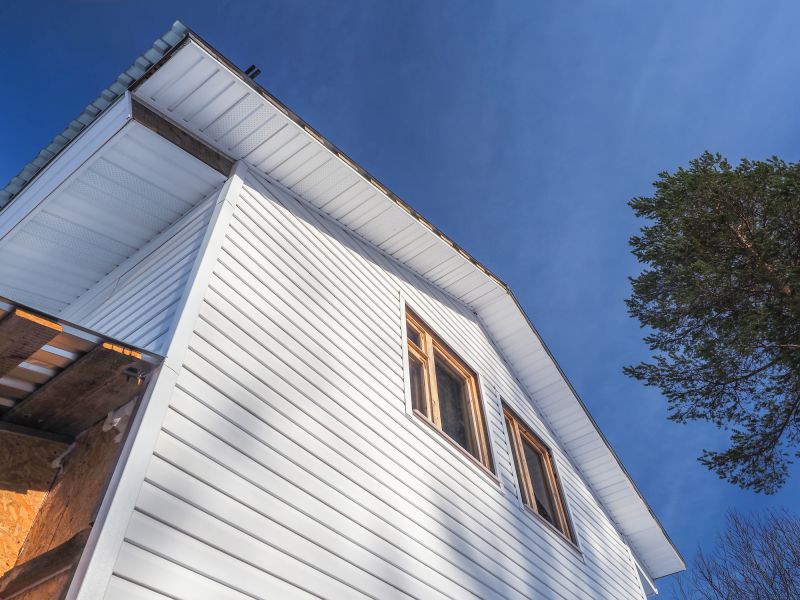
Simple add-ons that improve House Siding Replacements without blowing the budget.
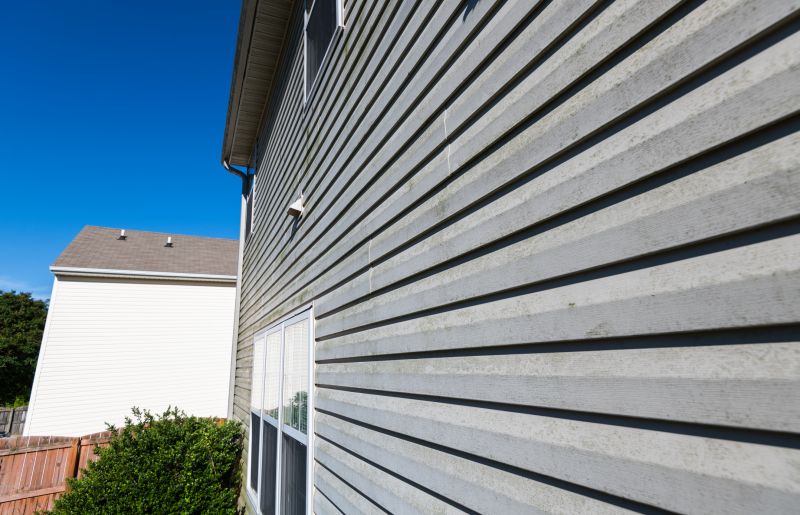
High-end options that actually feel worth it for House Siding Replacements.
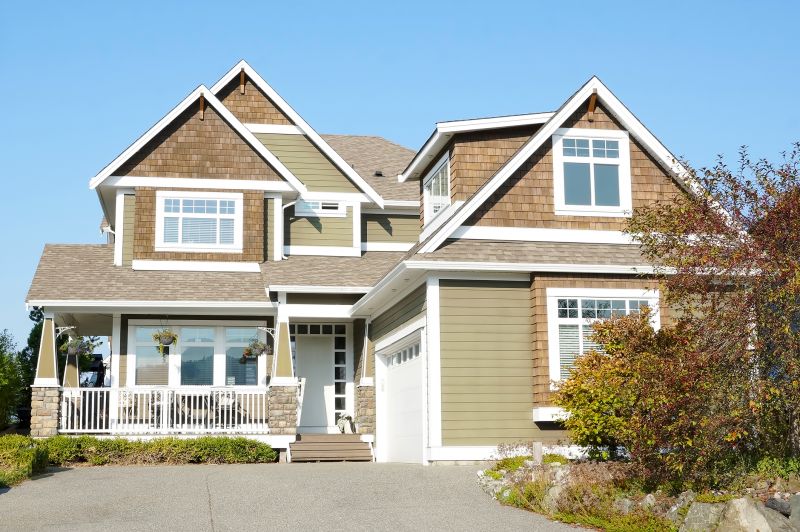
Finishes and colors that play nicely with House Siding Replacements.
House siding replacements are essential for maintaining the structural integrity and aesthetic appeal of a home. Properly installed siding can enhance energy efficiency, prevent water infiltration, and improve curb appeal. The choice of timing can influence the quality and longevity of the installation, making it important to select the optimal season.
Mild weather conditions reduce installation delays and minimize the risk of siding warping or damage during installation.
Certain siding materials, like vinyl, perform best within specific temperature ranges to prevent issues such as cracking or warping.
Off-peak seasons may offer cost savings due to lower demand for installation services.
Spring and fall often provide more flexible scheduling for contractors, reducing project delays.
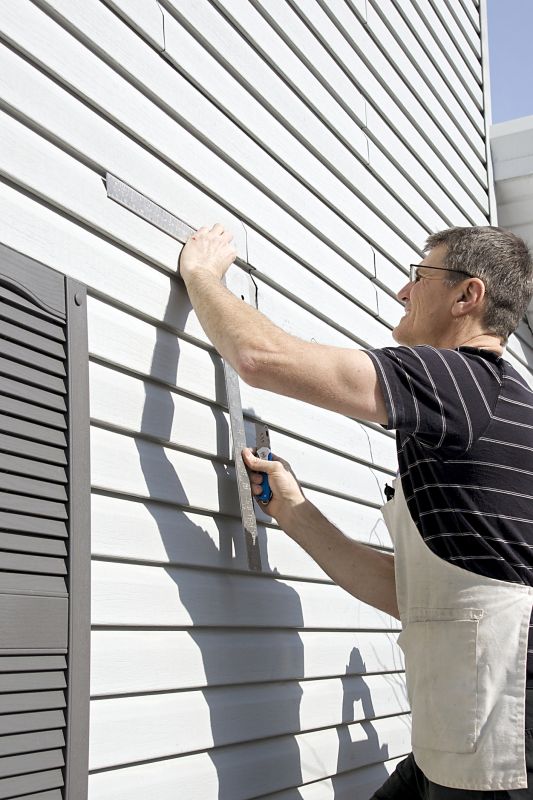
Spring's moderate temperatures support optimal siding adhesion and installation quality.
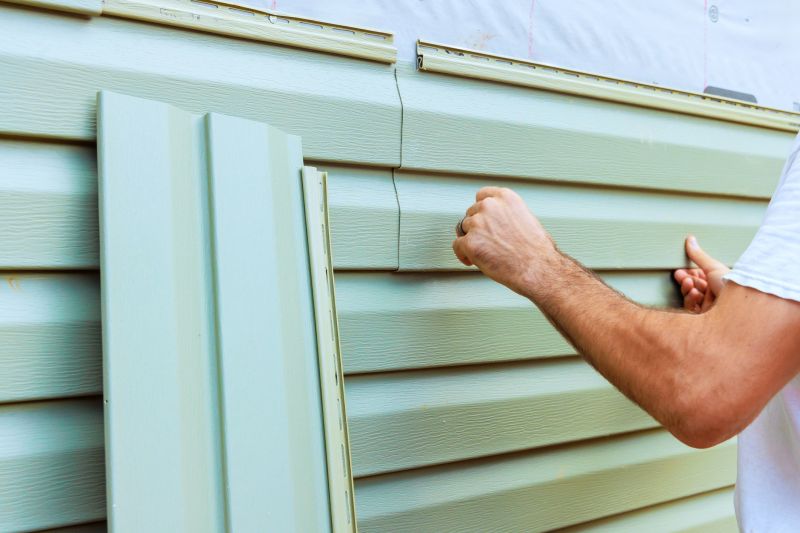
Longer days and warm weather facilitate quick and efficient siding installation.
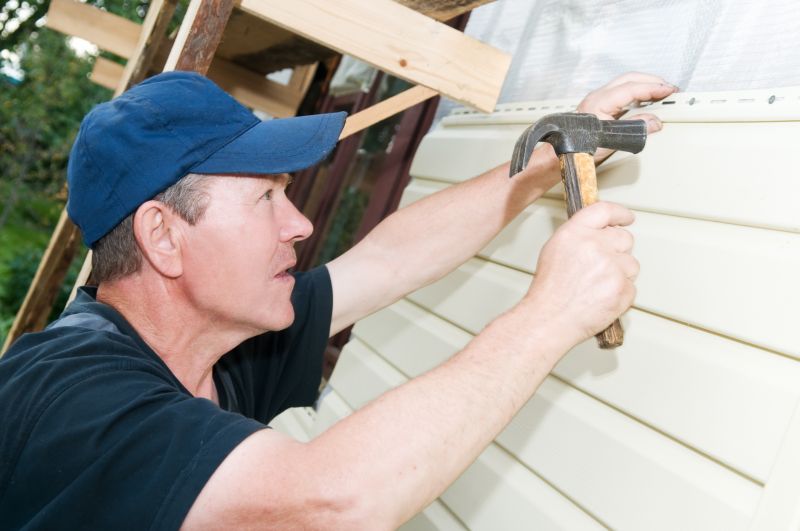
Cooler temperatures and dry conditions make fall a good time for siding projects.
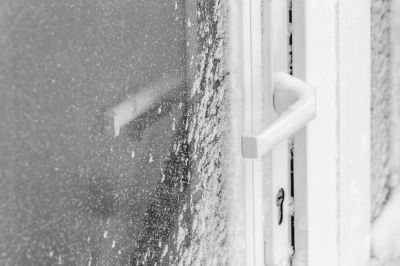
Winter is generally less suitable due to cold temperatures and potential for snow and ice.
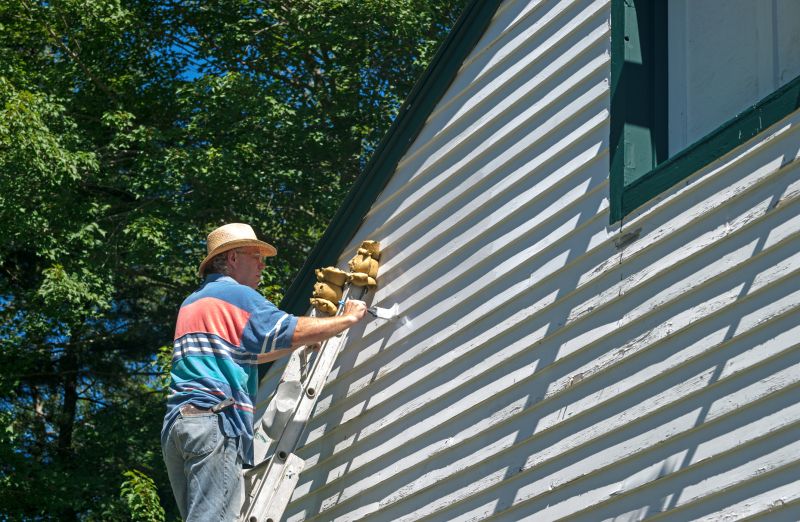
Spring, summer, and fall are typically the best seasons for siding replacement projects.

Choosing a season with predictable weather helps prevent project delays and material issues.
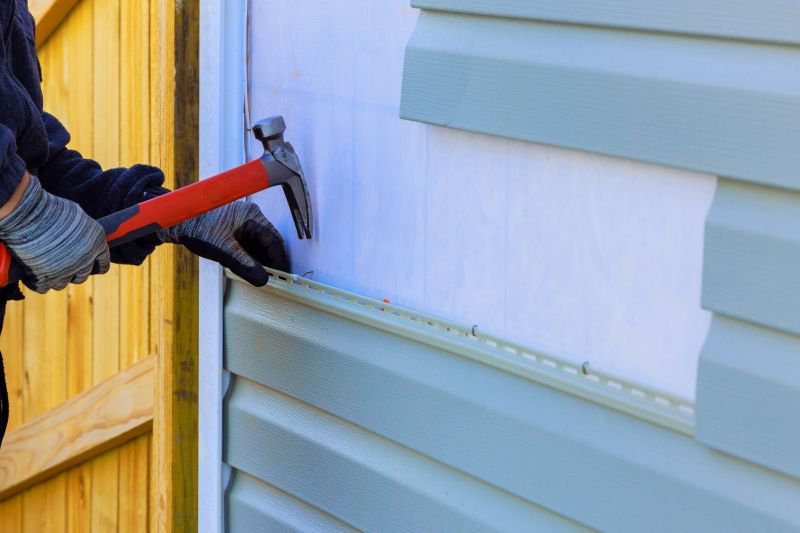
Certain siding materials require specific temperature ranges for installation to ensure durability.

Planning siding replacement during shoulder seasons can lead to better availability and pricing.
| Season | Ideal Conditions |
|---|---|
| Spring | Moderate temperatures, less humidity, good for adhesion |
| Summer | Warm weather, longer daylight hours, quick installation |
| Fall | Cooler temperatures, dry weather, less humidity |
| Winter | Cold temperatures, snow, and ice, generally not recommended |
Choosing the right time for house siding replacement can influence the durability and appearance of the finished project. Proper planning ensures that materials are installed under optimal conditions, reducing the risk of issues such as warping, cracking, or moisture infiltration. Consulting with experienced contractors can help determine the best season based on local climate and specific siding materials.
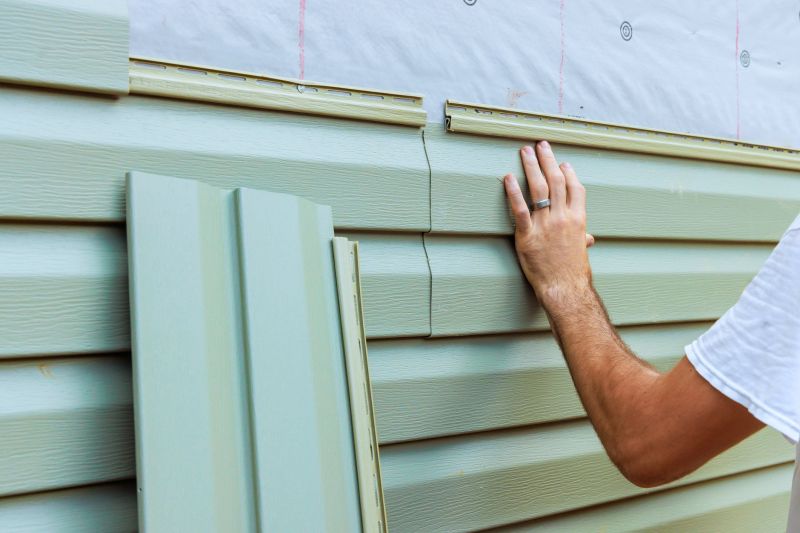
Properly timed siding replacement minimizes weather-related disruptions.

High-quality siding installation enhances home value and durability.
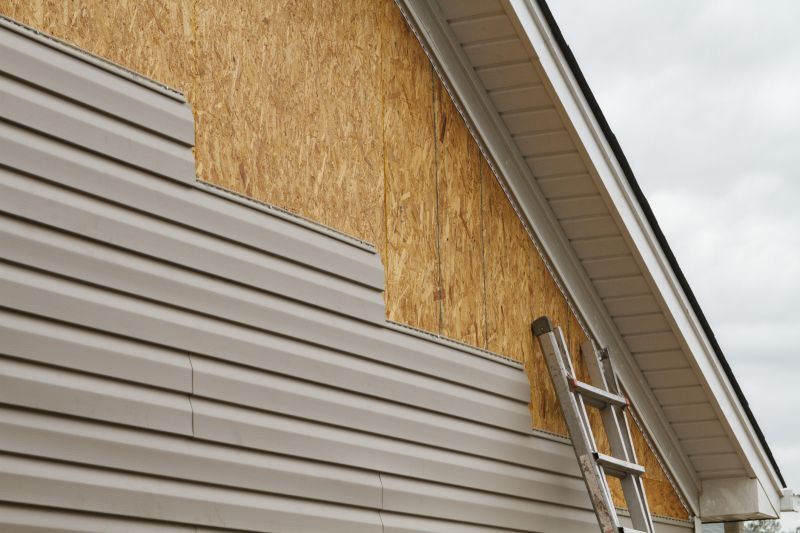
Weather plays a crucial role in siding installation success.
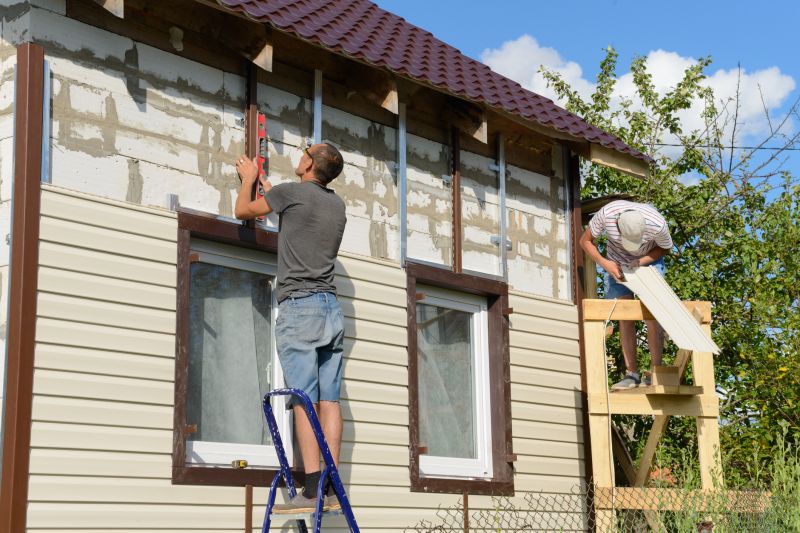
Timing can impact project quality and longevity.

Little measurements that prevent headaches on House Siding Replacements day.

A 60-second routine that keeps House Siding Replacements looking new.
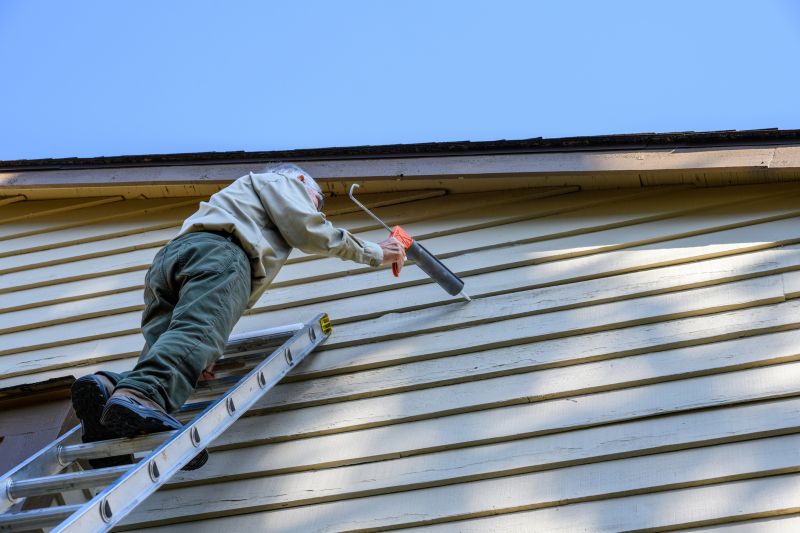
A frequent mistake in House Siding Replacements and how to dodge it.

Small tweaks to make House Siding Replacements safer and easier to use.
Interested in scheduling a house siding replacement? Filling out the contact form can provide more information and help plan the project for the most suitable season, ensuring a durable and attractive result.



